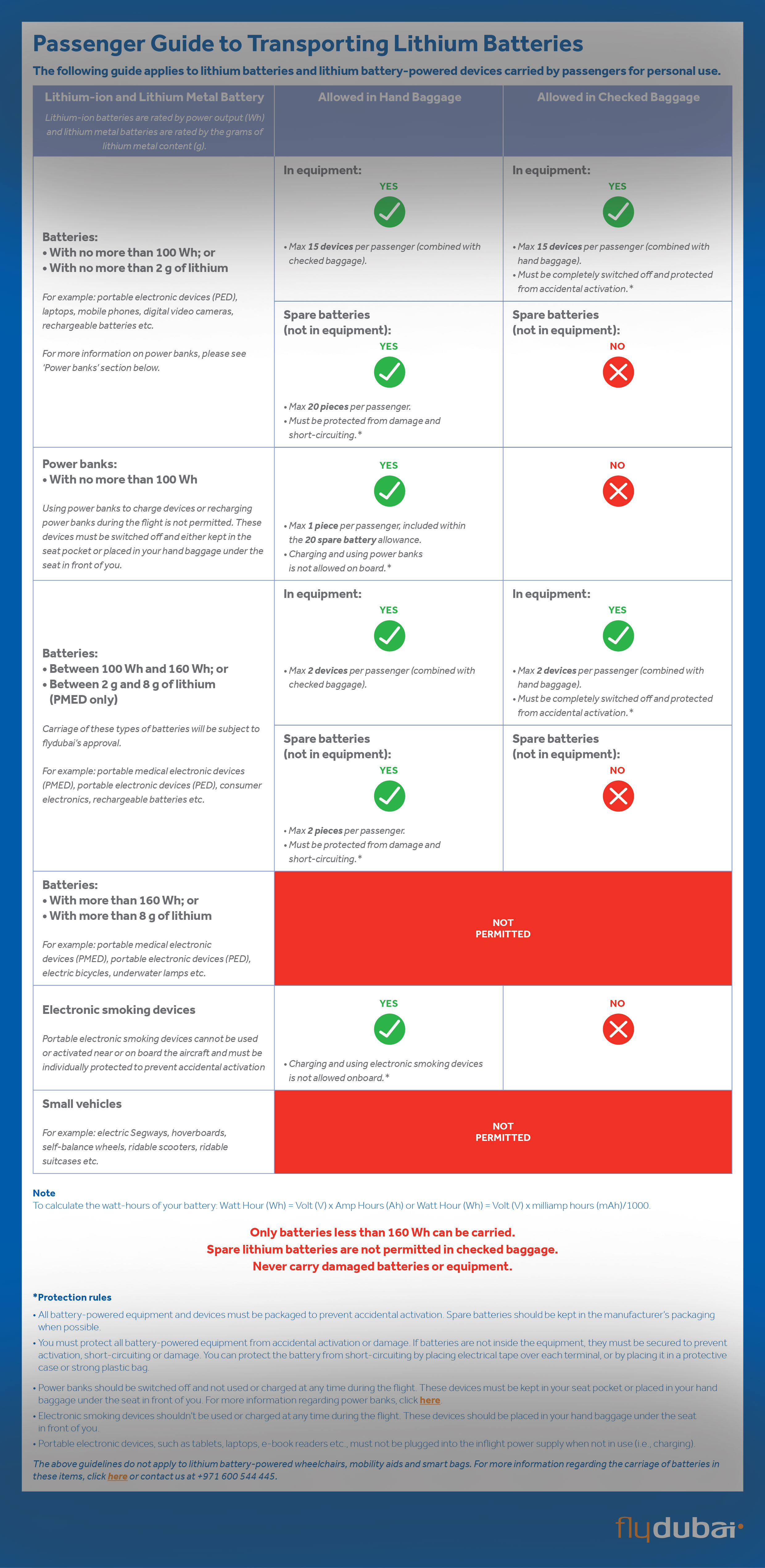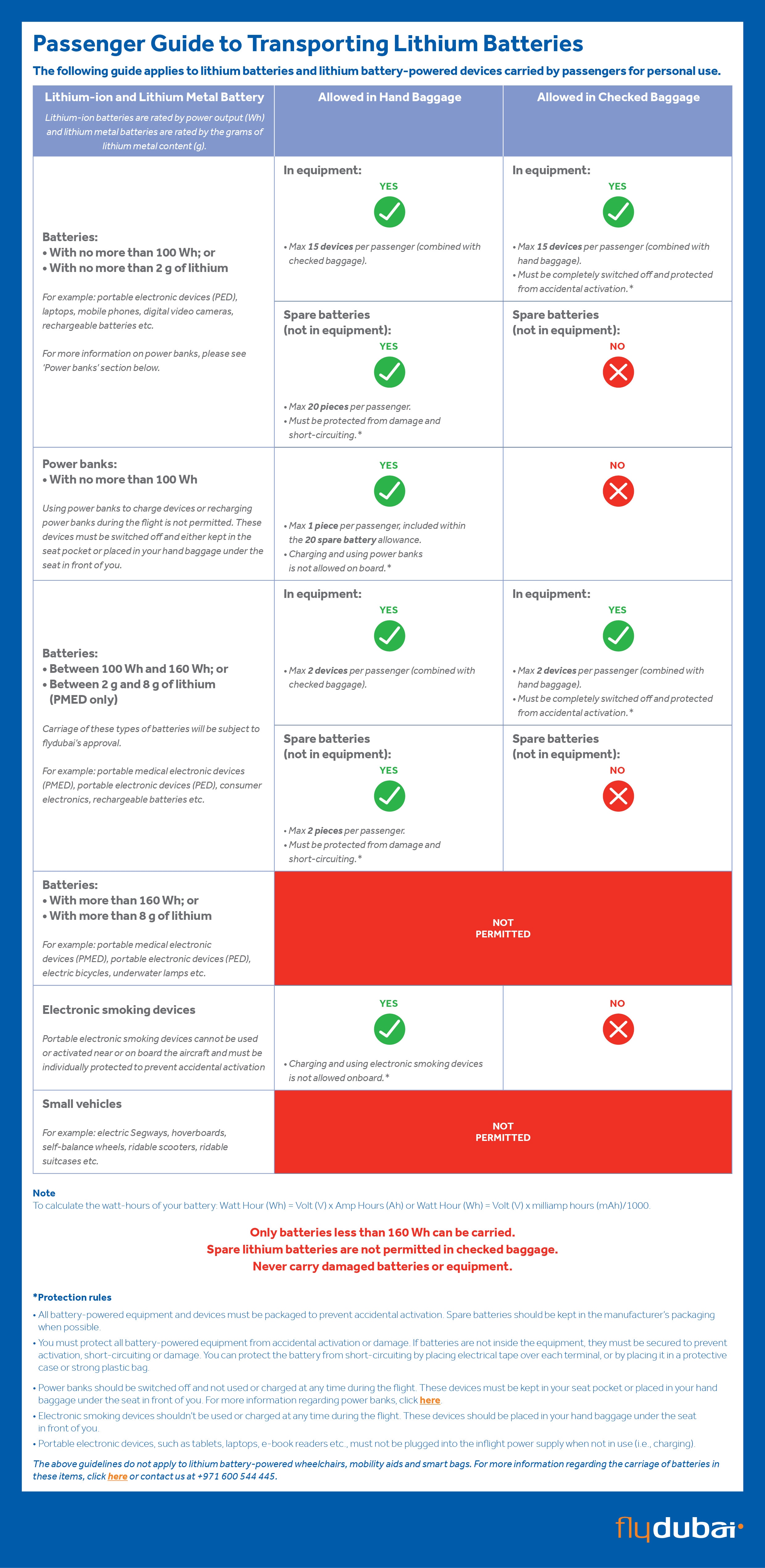Liquids in hand baggage
The following rules apply to carrying liquids, gels, pastes, lotions, creams and aerosols in your hand baggage. Additional restrictions may apply depending on your point of origin, transit and destination, so please check the regulations before travel.
General rules:
- Each liquid must be in a separate container of no more than 100 ml.
Containers larger than 100 ml are not allowed, even if only partially filled. - All containers must be placed in a single, transparent, resealable plastic bag:
- Maximum size: 20 cm x 20 cm;
- Maximum total capacity: 1 L.
- The plastic bag:
- Must be completely sealed;
- Must fit within your hand baggage;
- Must be removed during security screening for separate inspection.
- Aerosols no larger than 100 ml may be carried, but must not be used on board the aircraft.
Medicinal or toiletry items (non-radioactive)
Including but not limited to:
- Hair sprays, perfumes, colognes;
- Medicines containing alcohol;
- Non-flammable, non-toxic aerosols (no subsidiary hazard) for sporting or home use.
babyfoodQuantity limits:
- Total net quantity: Must not exceed 2 kg or 2 L;
- Per item limit: Must not exceed 0.5 kg or 0.5 L;
- Aerosol safety: All aerosol release valves must be protected by a cap or other suitable means to prevent accidental release.
Liquids exceeding 100 ml
Liquids over 100 ml are not permitted in hand baggage, in line with airport security regulations except for:
- Baby and child food/items;
- Items intended for special dietary or medical needs.
Baby and child food
When travelling with a baby or a young child, you may carry a reasonable quantity of essential baby or child food/items required for the duration of the flight. This may include:
- Baby milk or formula;
- Baby juice;
- Baby food (in liquid, gel, or paste form);
- Sterilised water;
- Wet wipes.
These items will be subject to additional screening by airport security. If the quantity is believed to be excessive, it may not be allowed onboard.
Special dietary and medical needs
Passengers may carry liquids, gels, or pastes exceeding 100 ml for medical or dietary purposes, provided they can present a valid proof at security in the form of:
- A doctor’s prescription (for medication);
- A letter from a doctor, dietician, or nutritionist (for dietary needs).
The documentation must clearly match the passenger’s name as shown on the booking and boarding pass.
Please check the customs and legal requirements of your destination, as some items may not be allowed on board or into the country. Verify all local regulations in advance to avoid any inconvenience or penalties. If you're travelling with onward connections, make sure to review and follow the requirements of all connecting airlines, transit airports, and final destination.ridables









